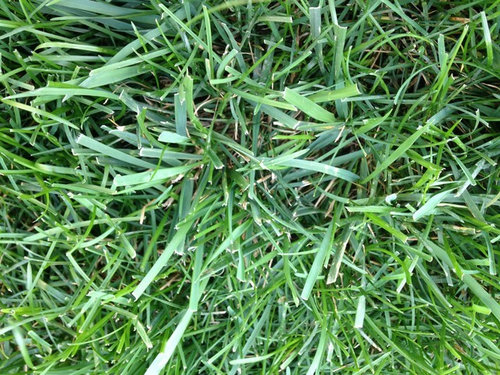Weed Identification Help - New KGB Sod
lawnman77
9 years ago
Featured Answer
Sort by:Oldest
Comments (13)
lawnman77
9 years agopolyguy78
9 years agoRelated Professionals
Accokeek Landscape Architects & Landscape Designers · Richmond Heights Landscape Architects & Landscape Designers · Saint Louis Park Landscape Architects & Landscape Designers · Battle Ground Landscape Contractors · Franklin Landscape Contractors · Galveston Landscape Contractors · Mendota Heights Landscape Contractors · Northport Landscape Contractors · Rancho Santa Margarita Landscape Contractors · San Carlos Park Landscape Contractors · Seven Hills Landscape Contractors · Vallejo Landscape Contractors · West Orange Landscape Contractors · Forney Swimming Pool Builders · Golden Glades Swimming Pool Builderslawnman77
9 years agolawnman77
9 years agoyardtractor1
9 years agoalicetooljam
9 years agolawnman77
9 years agoyardtractor1
9 years agoDonald Cooper
9 years agolawnman77
9 years agoyardtractor1
9 years agoyardtractor1
9 years ago









yardtractor1